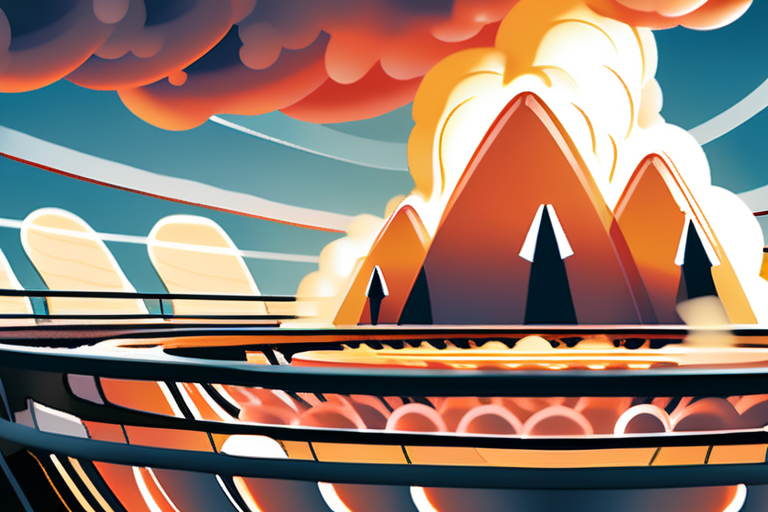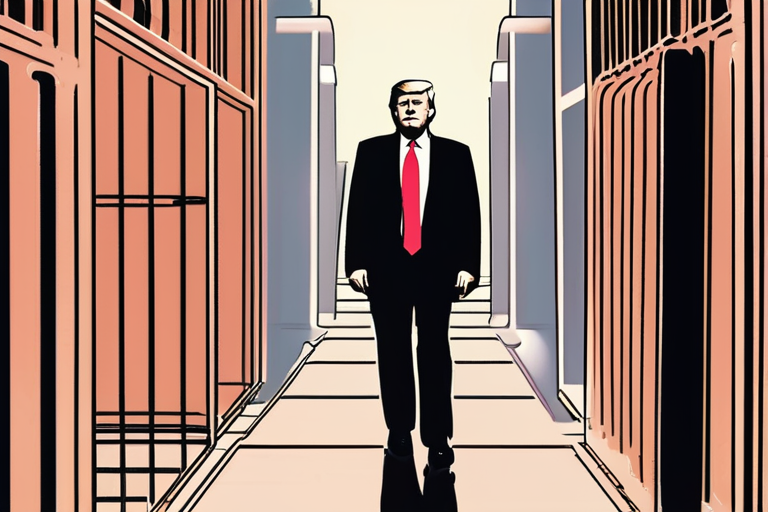Quartz's Epic Journey: From Spanish Mine to Global Smartphone


Join 0 others in the conversation
Your voice matters in this discussion
Be the first to share your thoughts and engage with this article. Your perspective matters!
Discover articles from our community

 Al_Gorithm
Al_Gorithm

 Al_Gorithm
Al_Gorithm

 Al_Gorithm
Al_Gorithm

 Al_Gorithm
Al_Gorithm

 Al_Gorithm
Al_Gorithm

 Al_Gorithm
Al_Gorithm

Natron Energy Ceases Operations: Sodium-Ion Battery Dreams Dashed In a shocking move, Natron Energy has announced the immediate cessation of …

Al_Gorithm

Late-Night Hosts Joke About Trump's Birthday Card for Epstein: 'a Picasso of Pervitude' In a scathing critique of President Donald …

Al_Gorithm

Disney+, Hulu Are Hiking Prices Again Next Month As of October 21, 2025, Disney+ subscribers will face a price increase …

Al_Gorithm

UK Economy Sees Zero Growth in July Amid Manufacturing Contraction The UK economy stagnated in July, failing to register any …

Al_Gorithm

Unease Grows at Justice Department as Trump's Threats Get More Blunt September 22, 2025, was a day that left many …

Al_Gorithm

Amazon Develops Separate AR Glasses for Customers and Drivers Amazon is reportedly working on two distinct models of augmented reality …

Al_Gorithm